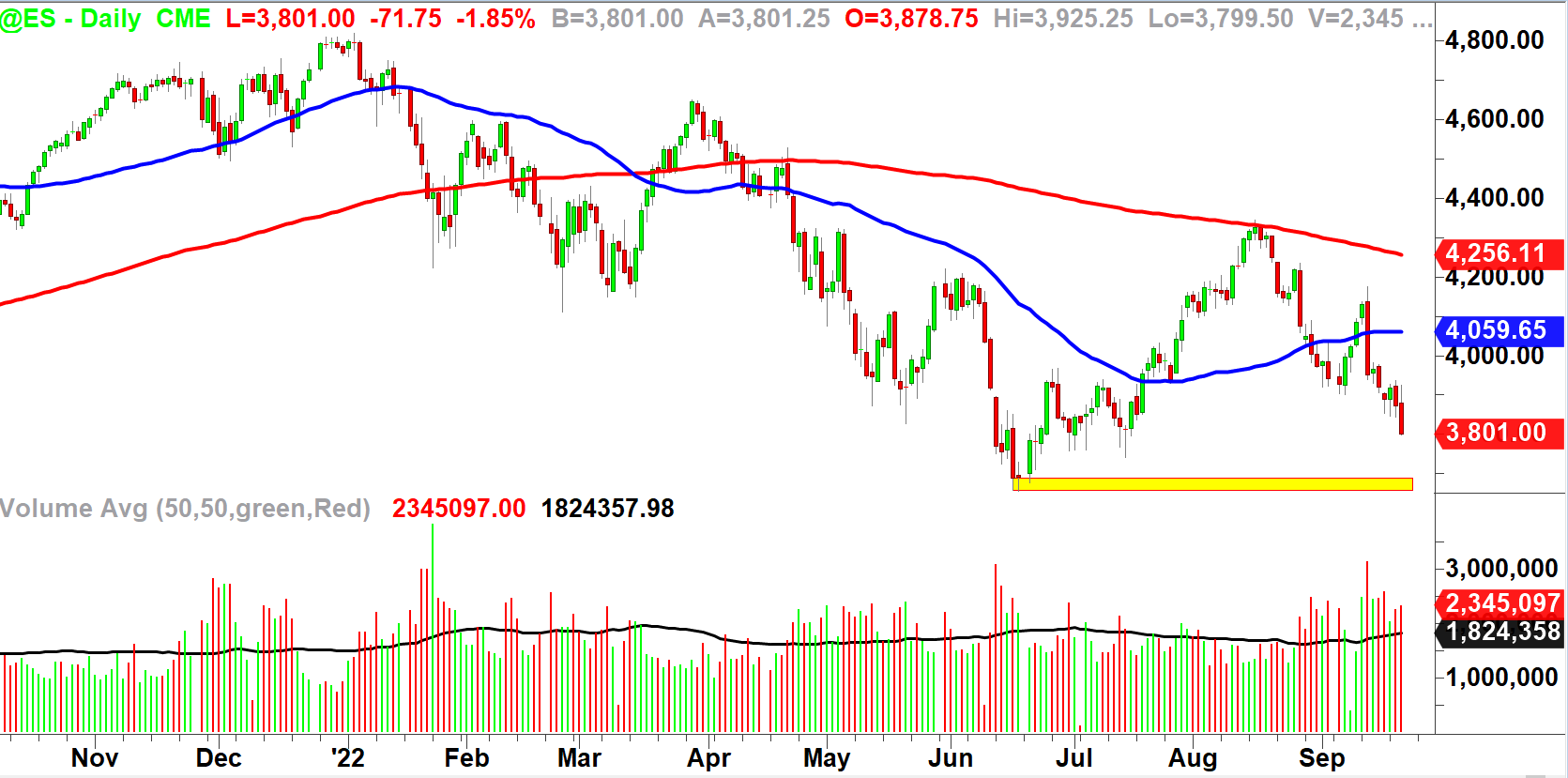For the third consecutive time, the U.S. Federal Reserve raised the Fed Funds rate by three-quarters of a percentage point, putting the overnight lending rate between 3.00% and 3.25%.
Earlier this year, that rate was near 0%.
Fed Chairman Jerome Powell indicated that while it was not his goal, a recession may be necessary to tame inflation. “There is a very high likelihood that we will have a period of … much lower growth,” said Powell in remarks after the rate hike announcement.
Powell’s focus is clearly on inflation. With two meetings remaining this year, the Federal Open Market Committee’s dot plot shows more hikes on the way. The FOMC is expected to finish the year with a rate of 4.4%. We could be looking at an additional raise of the same amount in early November, followed by half percentage point hike in mid-December.
The good news is that could be the end of it. The dot plot indicates a rate of 4.6% next year, slightly above the anticipated 2022 year-end figure of 4.4%.
The bad news is, based on current projections, rates aren’t expected to fall until 2024.
Powell’s comments all but sealed the short-term fate of the stock market. Just last week, I indicated that a re-test of 3700 on the S&P 500 was on the cards. As futures continued to sag after Wednesday’s close, the large-cap index was less than 100 points away from that figure.
The S&P 500 remains well below its key 50-day (blue) and 200-day (red) moving averages. The index hasn’t closed above its 200-day moving average since April 8.

We’ve referred to “3700,” but the true area of support is slightly lower, a range between 3655 and 3686 (shaded yellow). If the price can penetrate that yellow area, we could hit an air pocket. More sellers could be drawn in as the S&P 500 will have reached a new year-to-date low.
A sharp move lower could lead to capitulation. Fear will spike, along with the Volatility Index, and heavy selling could ensue. Intraday, a long red candle could become a wick as buyers search for bargains, and attempt to catch a bottom.
Keep in mind that while everyone is discussing interest rates, quantitative tightening is also in effect. This program reduces the Fed’s $9 trillion balance sheet, and is another anti-inflationary measure.
This month, the Fed raised its quantitative tightening figure to $95 billion per month — as you can read about in this terrific Real Money article on this subject.
Get an email alert each time I write an article for Real Money. Click the “+Follow” next to my byline to this article.
Source: https://realmoney.thestreet.com/investing/stocks/let-s-see-how-the-fed-s-rate-hike-fit-into-your-portfolio-16103200?puc=yahoo&cm_ven=YAHOO&yptr=yahoo
